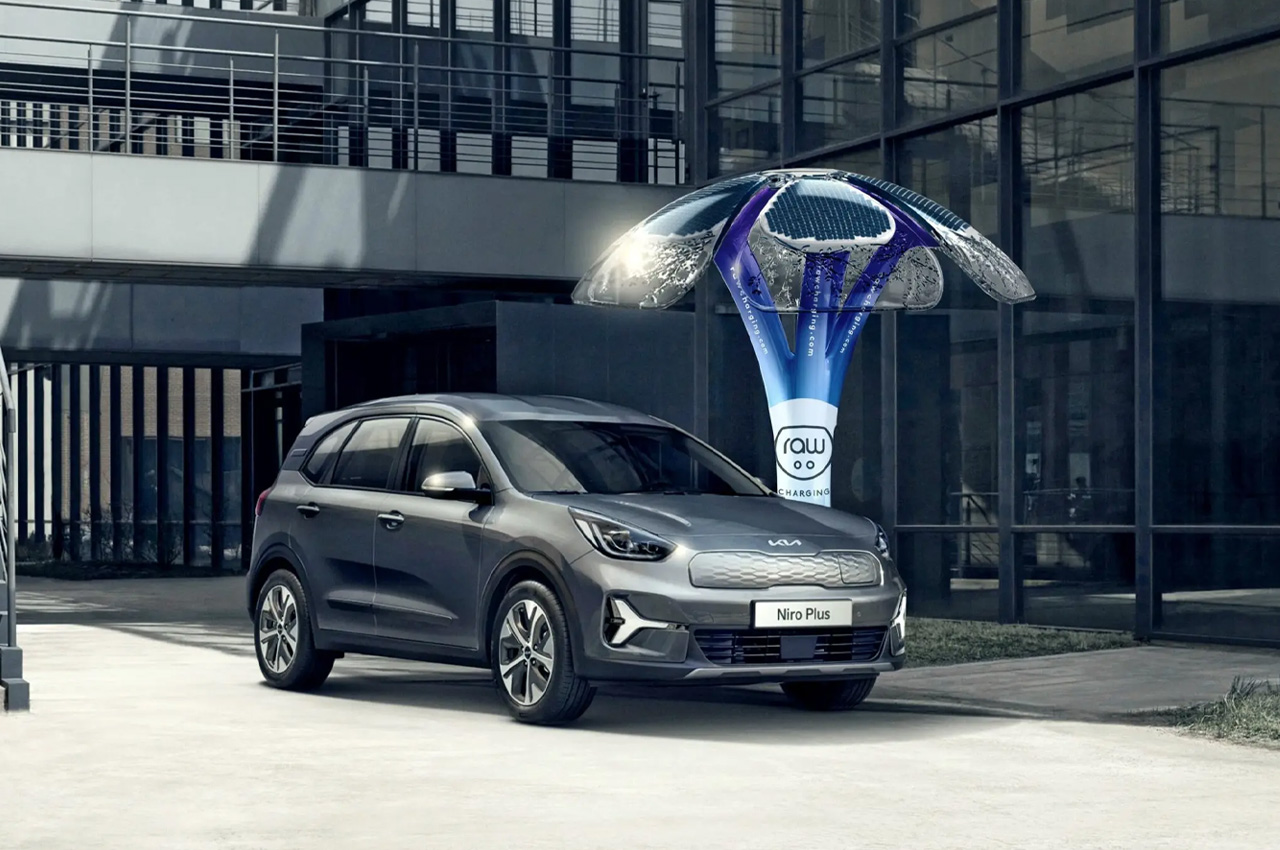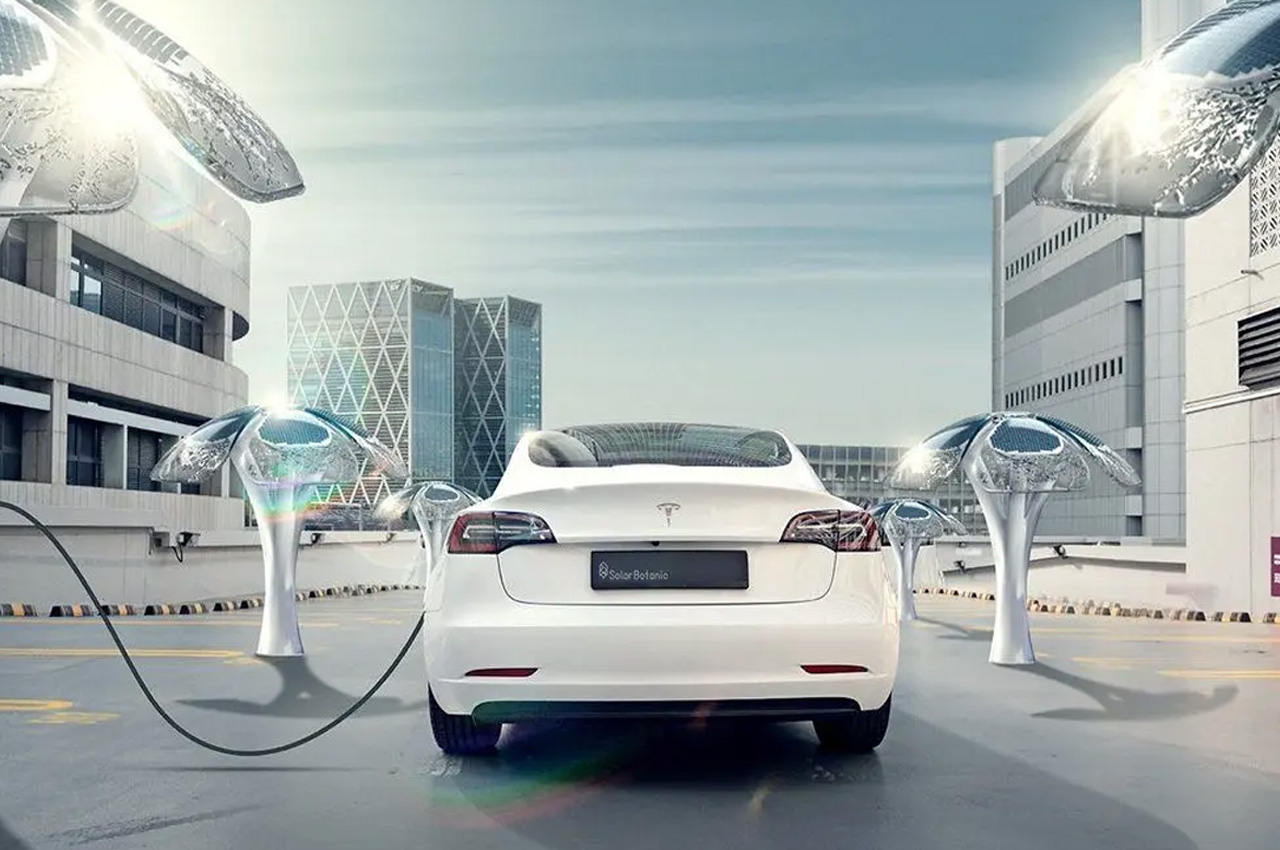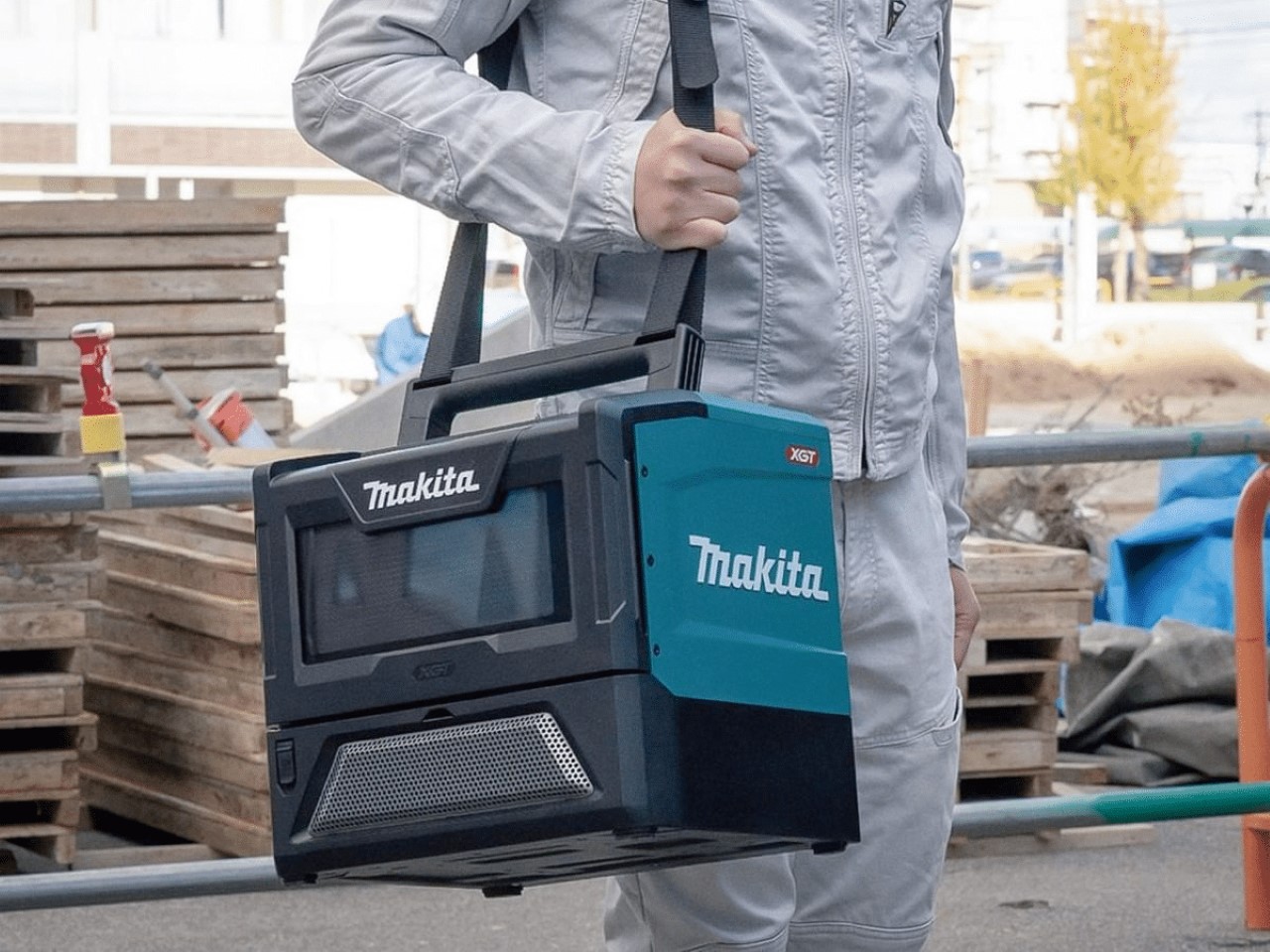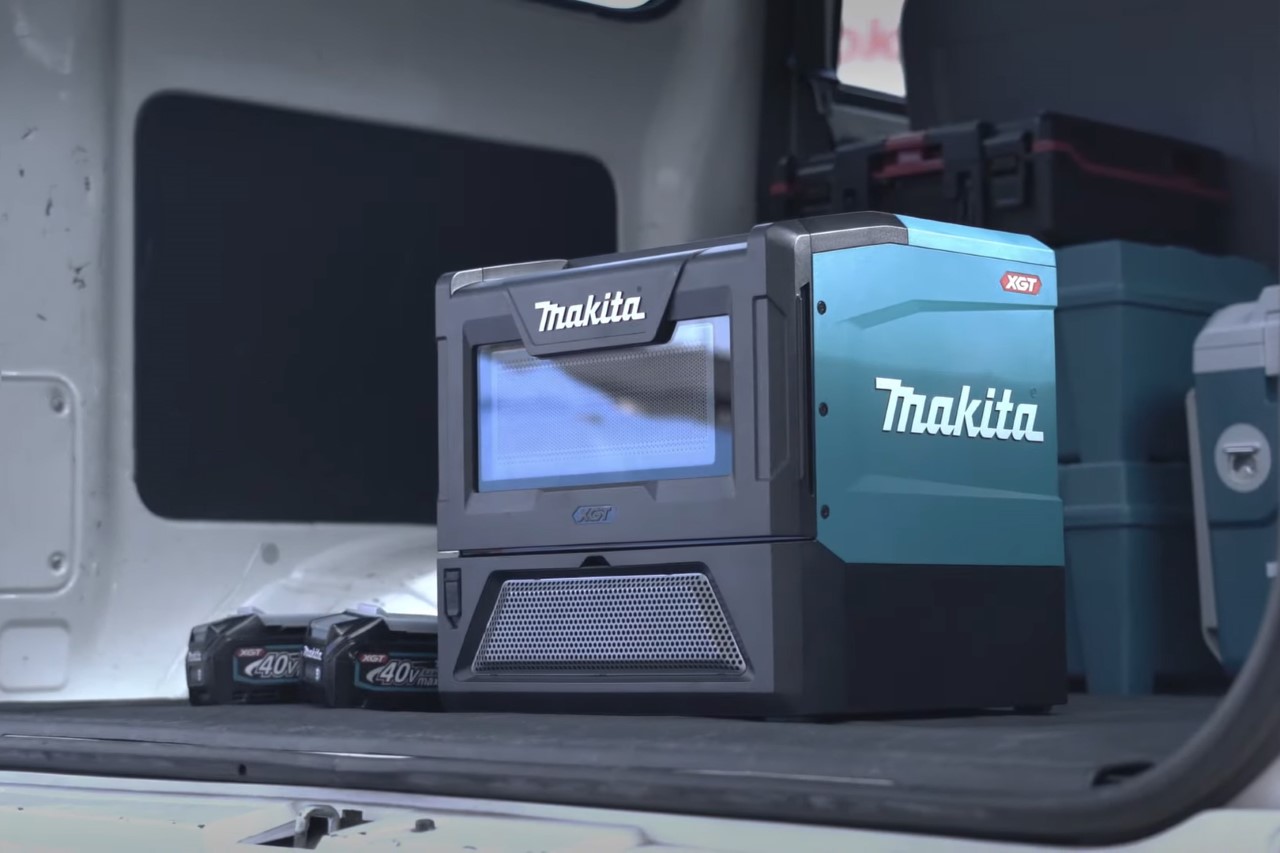Slowly and surely the world has been moving towards clean energy alternatives. People have been abandoning dirty energy, especially petrol and diesel-ridden vehicles, for smarter and cleaner EVs, and other solar energy products. However, an issue that EVs often pose, is the issue of charging them. It can be challenging to find charging stations frequently and in convenient locations, but this is where these intriguing ‘Solar trees’ come into the picture. London-based SolarBotanic Trees created these sleek innovative trees designed to power EV Charging stations!
Designer: SolarBotanic Trees

The London-based company launched the prototype for the trees in September 2022, and its first generation of solar trees will finally be available in the coming few months! SolarBotanic developed these trees in collaboration with a London-based business support program Co-Innovate. The two teamed up and used academic and innovation resources from the surrounding universities and facilities. The unique-looking trees have been equipped with solar panels. These solar panels or nano photovoltaic ‘leaves’ form the dome or the canopy of the trees. They absorb energy from sunlight and transform it into electrical energy.

That collected electrical energy is then stored in the trees’ AI-driven energy storage and management system, which releases this power and manages it. There are other simple solar trees on the market, for example, Smartflower – a rather large daisy-shaped solar energy solution. But there are certain features that set the SolarBotanic Trees apart from similar designs on the market. First and foremost, the Smartflower has a four-kilowatt system, while the SolarBotanic Trees have been equipped with a five-kilowatt capacity, a larger capacity than other trees available today. Also, the SolarBotanic Trees will have a lower and more economical price point, which will make the product more accessible to the masses.
The SolarBotanic Trees will provide solar energy solutions for homes, businesses, and commercial parking spaces. The commercial version or the SolarBotanic Tree “v01” will be available in mid-2023 and version “v02” with an energy management system (EMS), battery storage, and rapid EV-charging system will be available later in the year. A third version the “v03” will be available in 2025 – it will use an advanced combination of wind and solar power generation modules.

The post These dome-shaped solar trees use AI to charge electric vehicles and combat the issue of EV charging first appeared on Yanko Design.

















